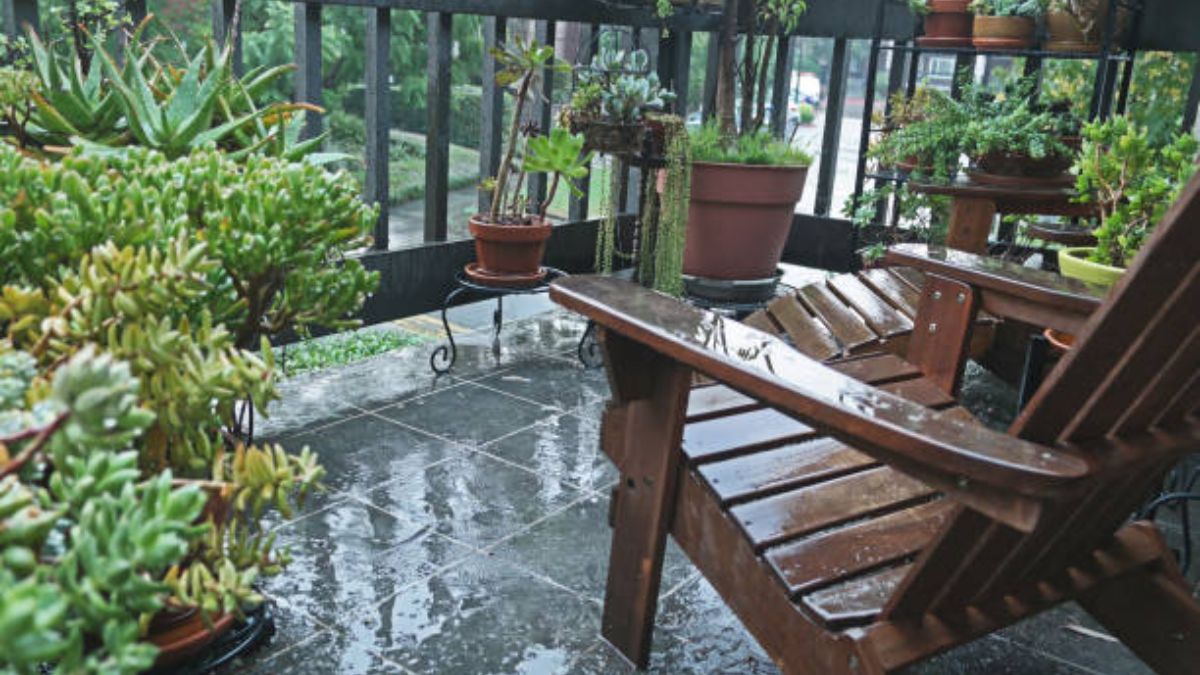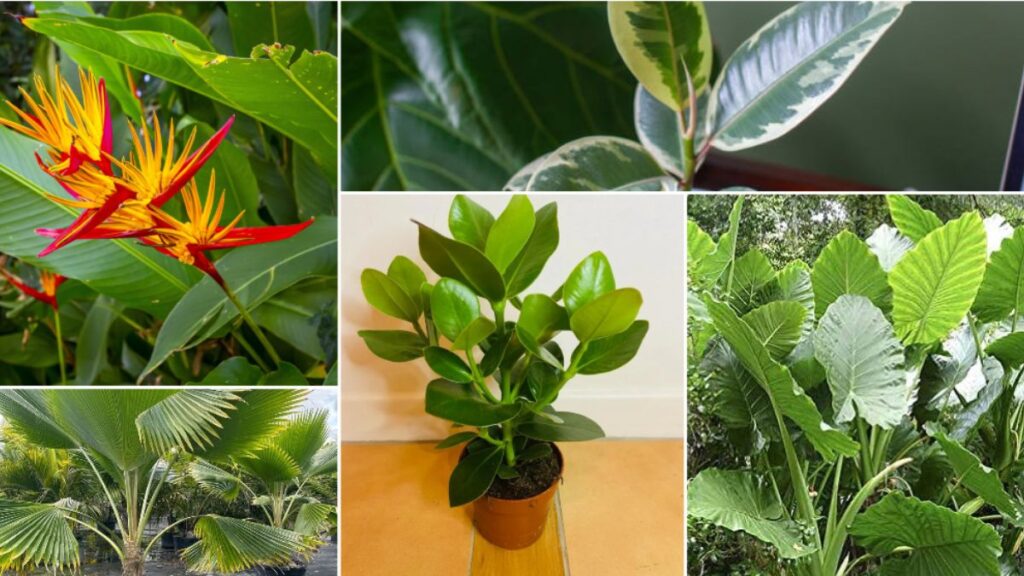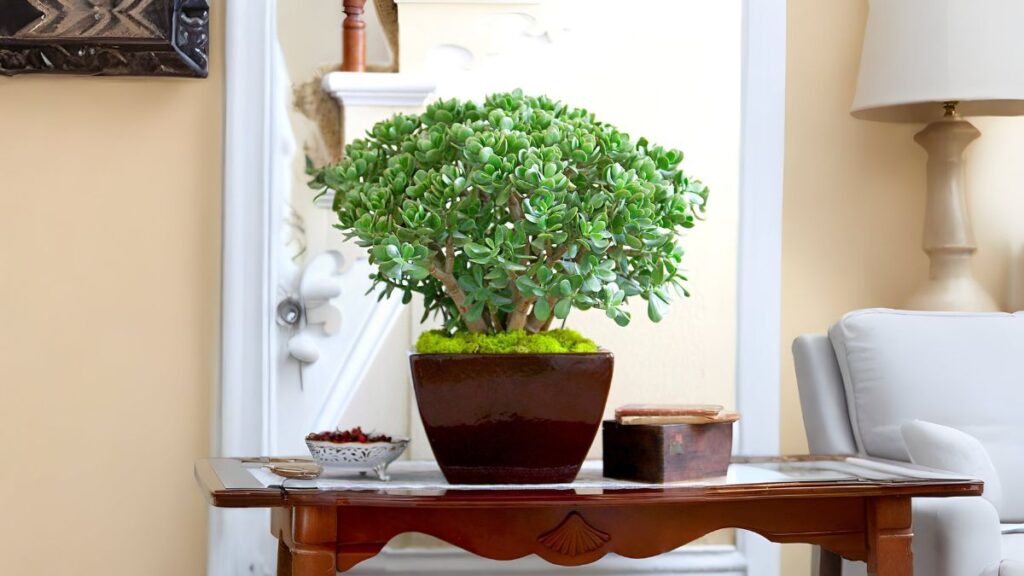The monsoon season brings much-needed relief from the scorching summer heat, but it also presents unique challenges for plant lovers. While rainwater nourishes your green babies, excessive moisture, poor drainage, and fungal infections can harm them. If you want your garden to stay lush and healthy during the rains, follow these expert monsoon plant care tips.
Why Monsoon Plant Care is Crucial
Monsoons can be both a blessing and a curse for plants. While the increased humidity and rainfall promote growth, they also create ideal conditions for root rot, pests, and fungal diseases. Without proper care, your beloved plants may suffer. Here’s how to ensure they stay healthy and vibrant.
1. Ensure Proper Drainage
Waterlogged soil is a major threat during monsoons. Make sure your pots have sufficient drainage holes. Elevate them using bricks or stands to prevent excess water retention. For garden beds, ensure the soil slopes slightly to allow runoff.
2. Use Well-Aerated Soil
Switch to a porous soil mix by blending regular soil with sand, compost, and cocopeat. This improves aeration and prevents waterlogging, reducing the risk of root rot.
3. Prune Regularly
Trim yellowing leaves and dead stems to enhance air circulation and prevent fungal infections. Avoid over-pruning, as plants still need foliage to thrive.
4. Guard Against Pests & Fungi
Monsoons attract snails, slugs, aphids, and fungal diseases like powdery mildew. Inspect plants daily and use neem oil spray or organic fungicides at the first sign of trouble.
5. Adjust Watering Habits
Rain provides ample moisture, so reduce manual watering. Check the top 2 inches of soil—if damp, skip watering to avoid overhydration.
6. Protect Delicate Plants
Move succulents, cacti, and moisture-sensitive plants (like orchids) indoors or under a shaded cover to prevent rot.
7. Fertilize Wisely
Use diluted organic fertilizers (compost or liquid seaweed) every 2–3 weeks. Over-fertilizing in wet soil can cause root burn.
8. Maximize Sunlight Exposure
With cloudy skies, place plants in the brightest spots available—near windows, balconies, or terraces. Rotate pots for even light distribution.
9. Apply Mulch
A layer of dry mulch (straw, leaves, or wood chips) prevents soil erosion, controls weeds, and regulates temperature. Keep mulch away from stems to avoid rot.
10. Re-pot If Needed
If roots are visible or water stagnates, transfer plants to larger pots with fresh, well-draining soil.
11. Support Weak Plants
Heavy rains and winds can topple tall or delicate plants. Use stakes, bamboo poles, or ties for extra support.
12. Avoid Overcrowding
Space out pots to improve airflow and reduce fungal spread. Crowded plants compete for light and nutrients.
13. Maintain Cleanliness
Remove fallen leaves and debris to prevent fungal growth. Keep pots and gardening areas dry.
14. Harvest Rainwater
Collect rainwater in clean containers for later use—it’s ideal for indoor and flowering plants.
15. Monitor & Adapt
Watch for signs of distress (yellow leaves, spots, drooping) and adjust care routines accordingly.
Final Thoughts
Monsoons can transform your garden into a thriving paradise—if you take the right steps. With proper drainage, pest control, and mindful watering, your plants will flourish. So grab your gardening tools and give your green babies the care they deserve this rainy season!




